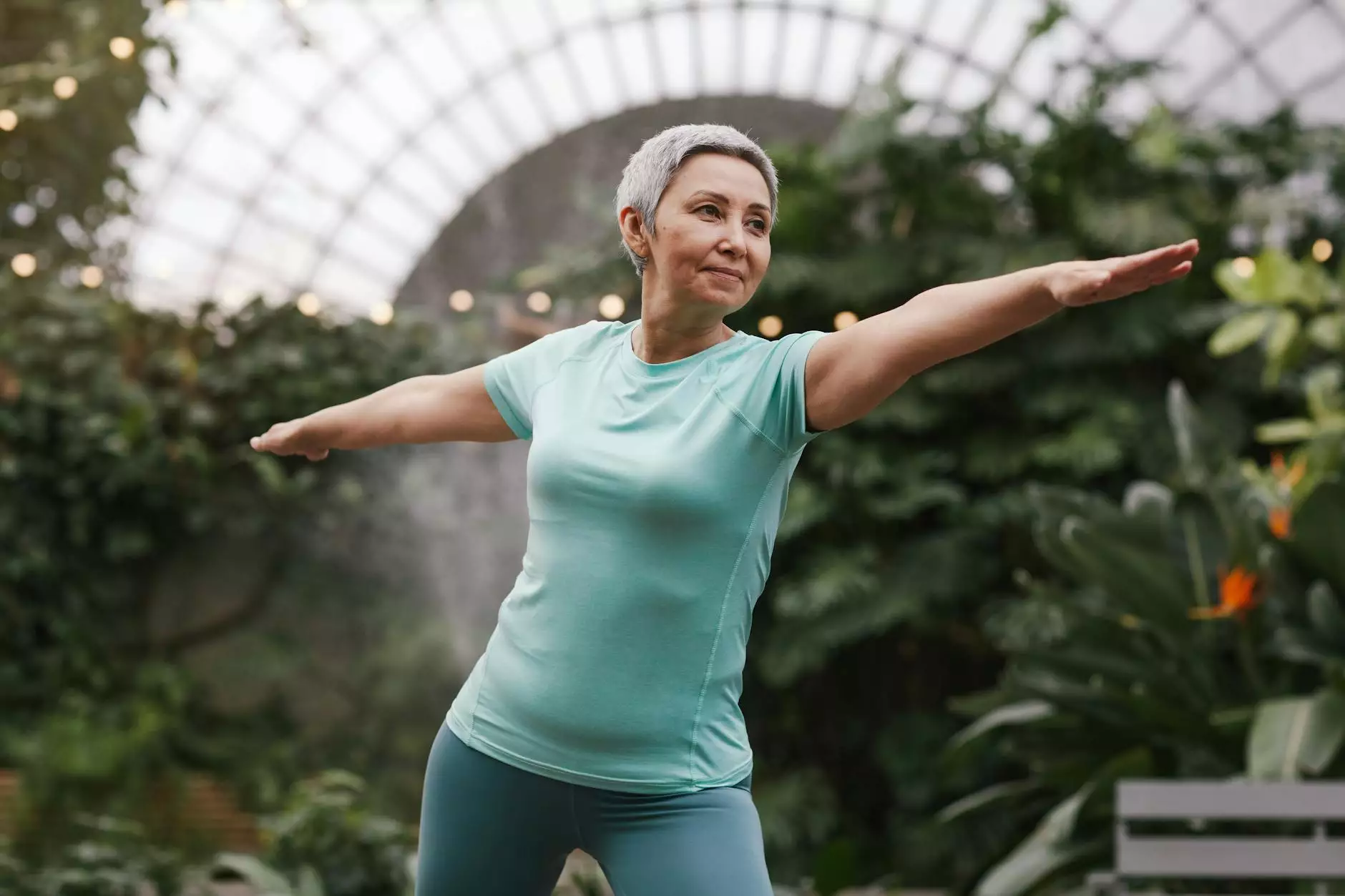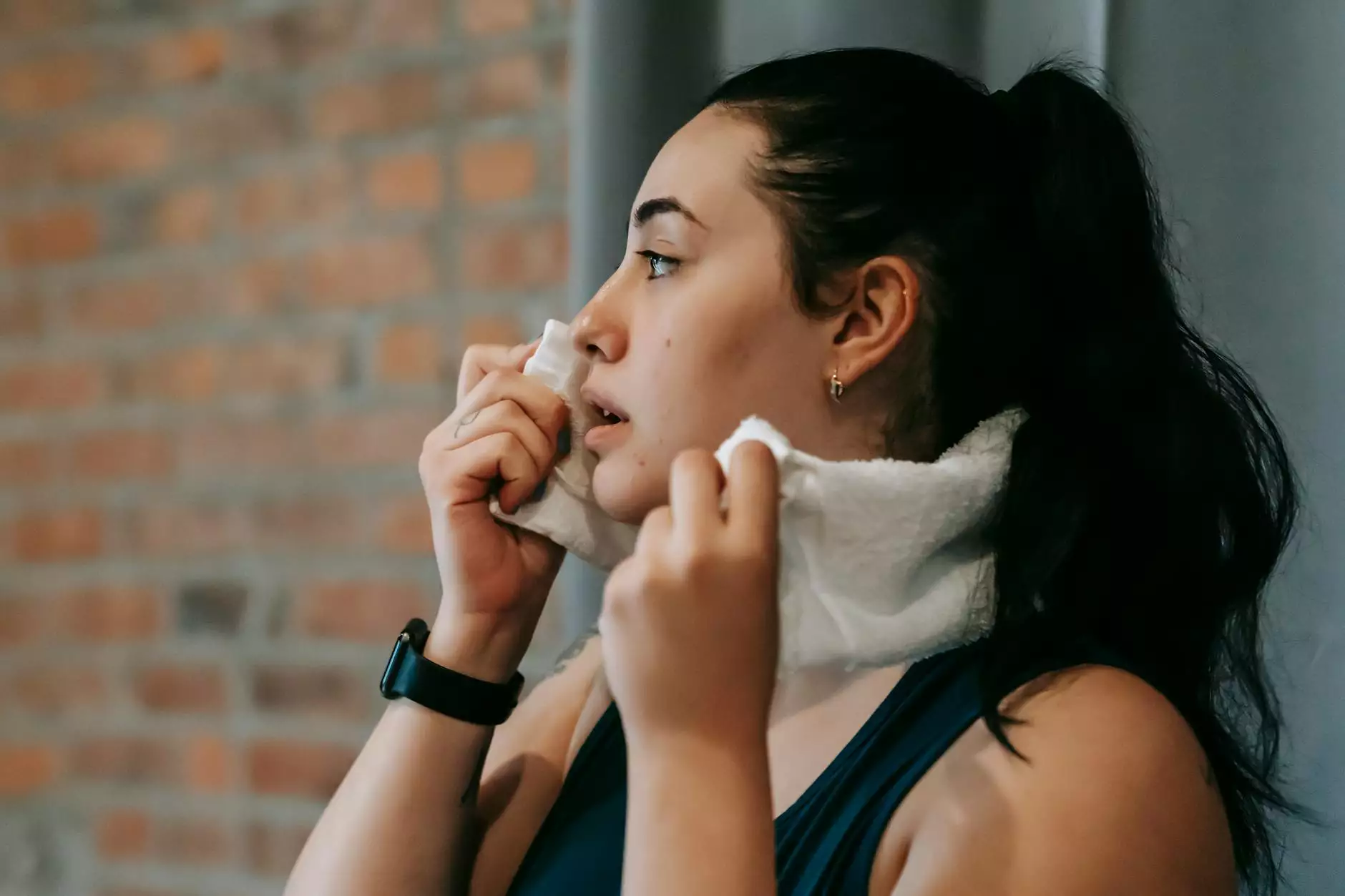The Scapula is the Butt of the Neck
Boxing & Fitness
Introduction
Welcome to GIRL Studio - Grow Improvise Rise Live! In this article, we will delve into the fascinating topic of the scapula and its relationship to the neck. Our community and society experts have meticulously researched this subject to provide you with a comprehensive understanding of its importance.
Understanding the Scapula
The scapula, commonly known as the shoulder blade, is a triangular-shaped bone located in the upper back. It is connected to the collarbone and the muscles of the upper arm, forming the shoulder joint. While the scapula is often overlooked, it plays a crucial role in our movement, posture, and overall health.
Scapula Anatomy
To fully comprehend the significance of the scapula, let's explore its anatomy. The scapula consists of several notable parts, including the following:
- Glenoid Cavity: This shallow socket-like structure forms a connection with the humerus, allowing for shoulder joint movement.
- Acromion Process: Located at the top of the scapula, it provides attachment points for various muscles and ligaments.
- Spine: Dividing the scapula into two unequal parts, the spine serves as an attachment site for important muscles.
- Medial (vertebral) Border: Running parallel to the spine, this border connects the scapula to the vertebral column.
- Lateral (axillary) Border: Situated opposite to the vertebral border, this border aids in stabilizing the scapula.
Scapula and the Neck Connection
While the scapula is primarily associated with the shoulder, its relationship with the neck is often understated. The scapula acts as a foundation for neck support and movement. To better understand this connection, imagine the scapula as the "butt" of the overlying neck. It offers stability and mobility, allowing for a wide range of neck movements.
Role of the Scapula in Movement
Now that we recognize the scapula's importance, let's explore its role in our movements:
1. Posture and Alignment
The scapula plays a pivotal role in maintaining proper posture and alignment. It acts as a stabilizer, aiding in the optimal positioning of the neck and shoulders. By strengthening the muscles surrounding the scapula, we can promote good posture and reduce the risk of neck-related issues.
2. Shoulder Flexibility and Range of Motion
The scapula contributes to shoulder flexibility and range of motion. It acts as a platform for the coordinated movement of the shoulder joint. Strong and mobile scapular muscles allow for smooth shoulder movements, enhancing our ability to perform various activities.
3. Neck Strength and Mobility
Proper scapular function ensures optimal neck strength and mobility. As the scapula stabilizes the neck and connects it to the rest of the upper body, any abnormalities or dysfunction in the scapula can lead to neck pain, stiffness, and limited range of motion. By prioritizing scapular health, we can maintain a strong and flexible neck.
Exercises and Tips for Scapular Health
Now that we understand the significance of the scapula, it's essential to incorporate practices that maintain its health. Here are some exercises and tips to promote scapular strength and mobility:
1. Scapular Retraction and Depression
Perform scapular retraction and depression exercises to strengthen the muscles around the scapula. These include rowing exercises, scapular push-ups, and wall slides. These movements engage the scapular muscles and improve their stability and mobility.
2. Postural Awareness
Develop postural awareness to maintain correct alignment. Focus on keeping your shoulders relaxed, elongating your spine, and avoiding slouching. Mindful posture not only benefits the scapula but also positively impacts overall body alignment.
3. Stretching and Massage
Incorporate stretching exercises to enhance scapular flexibility. Neck rolls, shoulder stretches, and gentle self-massage techniques can loosen tight muscles and alleviate tension in the neck and surrounding areas.
4. Seek Professional Guidance
If you experience persistent neck or shoulder pain, it is advisable to consult with a healthcare professional or a qualified physical therapist. They can assess your specific condition and provide customized guidance and exercises to address scapular-related concerns.
The Scapula - Key to a Healthy Neck
As we conclude our exploration of the scapula's significance, it's important to remember that a healthy neck requires attention to the scapular region. By nurturing the strength and mobility of the scapula, we can support optimal neck function and overall well-being.
Join GIRL Studio - Grow Improvise Rise Live!
At GIRL Studio, we strive to provide you with valuable insights into various aspects of health and wellness. Join our community and society platform to explore a wide range of topics and connect with like-minded individuals who share a passion for personal growth and improvement.
Start your journey with us today and unlock the potential for a healthier, happier you!










